Vianney Lebouteiller
Table of Contents
- 1. Research / CV
- 2. Observatories / Projects
- 2.1. James Webb Space Telescope (JWST)
- 2.2. Atacama Large Millimeter Array (ALMA)
- 2.3. Herschel (Far-Infrared Space Telescope)
- 2.4. Spitzer (Mid-Infrared Space Telescope)
- 2.5. Hubble (Optical/Uv Space Telescope)
- 2.6. Stratospheric Observatory For Infrared Astronomy (SOFIA)
- 2.7. Far Ultraviolet Spectroscopic Explorer (FUSE)
- 2.8. Other Observatories
- 3. Models
- 4. Tools
- 5. Prospective
- 6. Outreach
- 7. Misc. stuff

- Affiliation: Université Paris-Saclay, Université Paris Cité, CEA, CNRS, AIM, 91191, Gif-sur-Yvette, France
- Address: CEA/DRF/Irfu/DAp, Bât. 709, Pièce 267, Orme des Merisiers, 91191 Gif-sur-Yvette, France
- Tel: +33-1-69-08-49-37
1 Research / CV
1.1 Research interests
1.2 CV
- 2014-: CNRS (CR1) researcher at Laboratoire AIM, CEA-Saclay (France)
- 2019-: Head of LFEMI ("Laboratoire de Formation des Étoiles et du Milieu Interstellaire") group
- 2013: Research associate at Cornell University (USA)
- Development of the high-resolution spectral atlas CASSIS for Spitzer/IRS
- 2013: Research associate at Service d'Astrophysique, CEA-Saclay (France)
- ANR SYMPATICO
- 2013: Research associate at LUTH, Paris-Meudon Observatory (France)
- ANR SYMPATICO
- 2010-2013: CEA Eurotalents (FP7 Marie Curie) fellow at Service d'Astrophysique, CEA-Saclay (France)
- Herschel Space Telescope; SAG2
- 2005-2010: Research associate at Cornell University (USA)
- Spitzer Space Telescope; IRS instrument support
- Development of the low-resolution spectral atlas CASSIS for Spitzer/IRS
- 2002-2005: Ph.D. at the Institut d'Astrophysique de Paris (France)
- FUSE telescope; chemical evolution of galaxies
- Supervisor: D. Kunth
1.3 List of refereed publications
1.4 Research highlight
Neutral gas heating by X-rays in primitive galaxies: Infrared observations of IZw18 with Herschel
The neutral interstellar medium of galaxies acts as a reservoir to fuel star formation. The dominant heating and cooling mechanisms in this phase are uncertain in extremely metal-poor star-forming galaxies. The low dust-to-gas mass ratio and low polycyclic aromatic hydrocarbon abundance in such objects suggest that the traditional photoelectric effect heating may not be effective.
Our objective is to identify the dominant thermal mechanisms in one such galaxy, IZw18 (1/30 solar metallicity), assess the diagnostic value of fine-structure cooling lines, and estimate the molecular gas content. Even though molecular gas is an important catalyst and tracer of star formation, constraints on the molecular gas mass remain elusive in the most metal-poor galaxies.
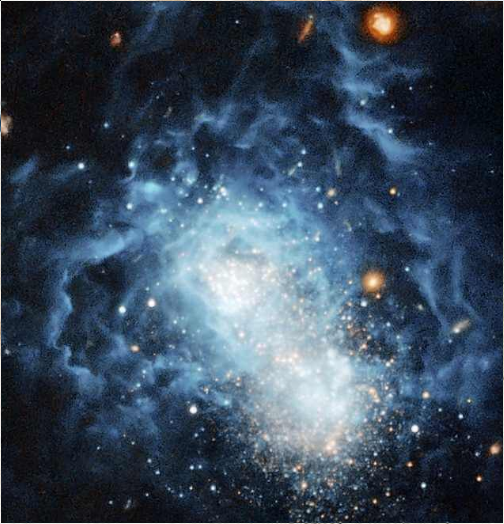
Figure 2: The IZw18 galaxy.
Building on a previous photoionization model describing the giant HII region of IZw18-NW within a multi-sector topology, we provide additional constraints using, in particular, the [CII] 157µm and [OI] 63µm lines and the dust mass recently measured with the Herschel Space Telescope.
The heating of the HI region appears to be mainly due to photoionization by radiation from a bright X-ray binary source, while the photoelectric effect is negligible. Significant cosmic ray heating is not excluded. Inasmuch as X-ray heating dominates in the HI gas, the infrared fine-structure lines provide an average X-ray luminosity of order 4×1040 erg s−1 over the last few 104 years in the galaxy. The upper limits to the [NeV] lines provide strong constraints on the soft X-ray flux arising from the binary. A negligible mass of H2 is predicted. Nonetheless, up to ~107 solar masses of H2 may be hidden in a few sufficiently dense clouds of order ~10 pc in size. Regardless of the presence of significant amounts of H2 gas, [CII] and [OI] do not trace the so-called “CO-dark gas”, but they trace the almost purely atomic medium. Although the [CII]+[OI] to total infrared ratio in IZw18 is similar to values in more metal-rich sources (~1%), it cannot be safely used as a photoelectric heating efficiency proxy. This ratio seems to be kept stable owing to a correlation between the X-ray luminosity and the star formation rate.
X-ray heating could be an important process in extremely metal-poor sources. The lack of photoelectric heating due to the low dust-to-gas ratio tends to be compensated for by the larger occurrence and power of X-ray binaries in low-metallicity galaxies. We speculate that X-ray heating may quench star formation.
2 Observatories / Projects
A list of observatories I am working with and some of the related projects.
2.1 James Webb Space Telescope (JWST)
- Observations: co-I Cycle 1
- Specific interests: nearby galaxies, high-z galaxies
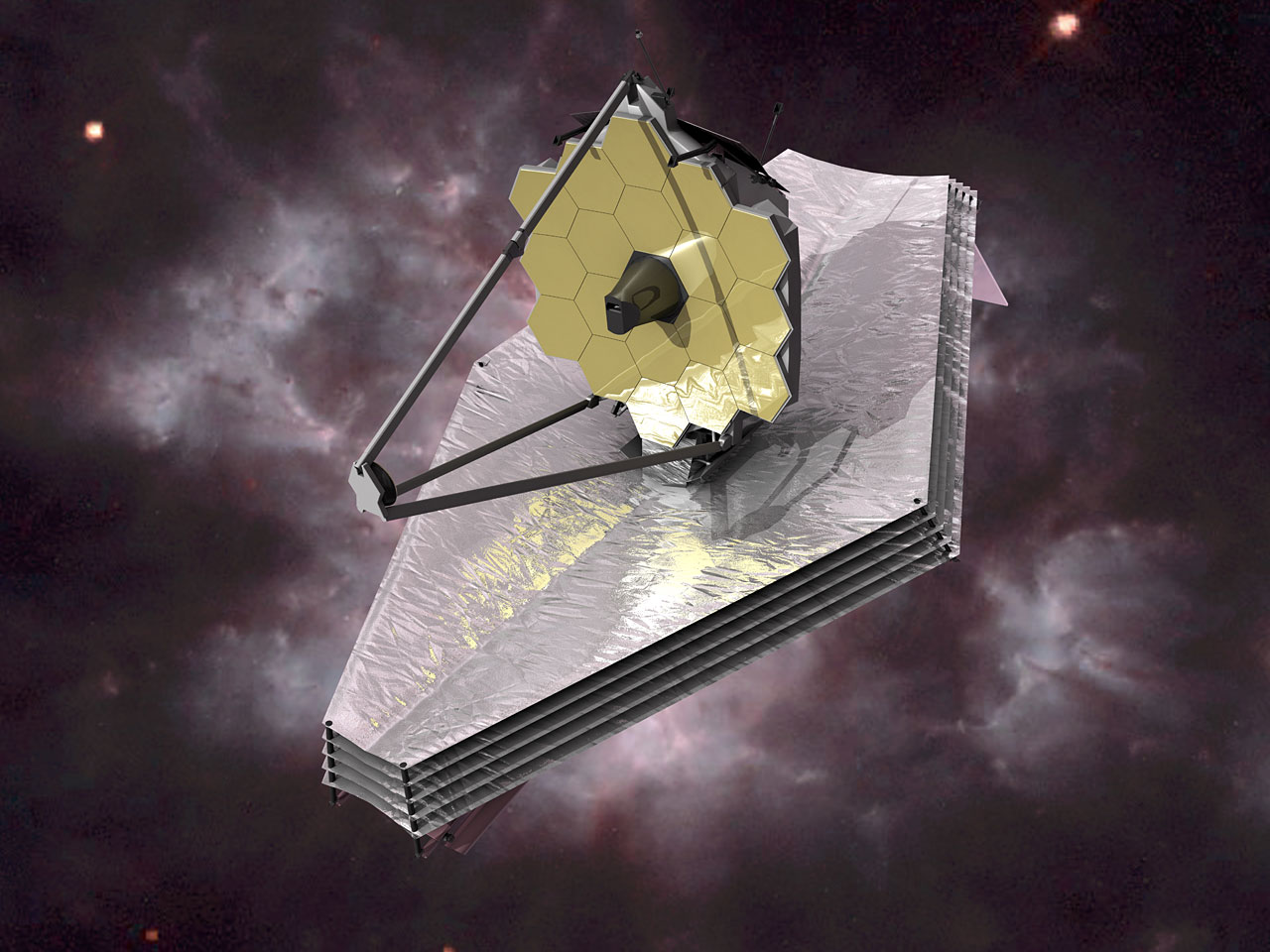
2.2 Atacama Large Millimeter Array (ALMA)
- Observations: PI Cycles 1 & 2 proposal to observe LMC-N11; several co-I proposals
- Specific interests: star-forming regions in the Magellanic Clouds
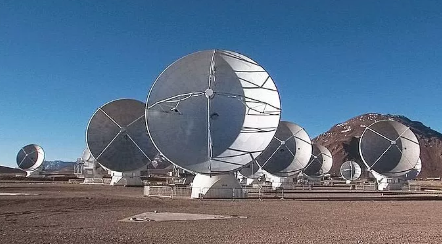
2.3 Herschel (Far-Infrared Space Telescope)
- Observations: PI of 2 proposals; several co-I proposals, including HERITAGE (PI Meixner) & HERUS (PI Farrah)
- Role: SAG2 member: DGS (PI Madden), SHINING (PI Sturm), VNGS (PI Wilson), HRS (PI Eales)
- Specific interests: Low-metallicity dwarf galaxies, ultraluminous Infrared Galaxies (ULIRGs), photodissociation regions (PDRs)
- Specific tools: PI PACSman
- Other tools used: HIPE, HSPOT
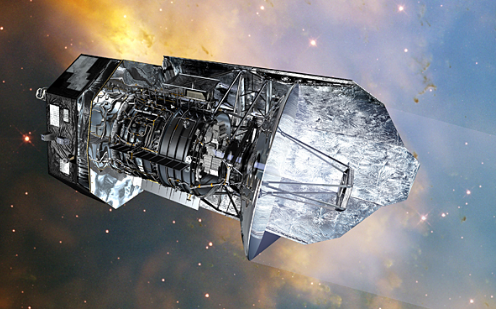
2.4 Spitzer (Mid-Infrared Space Telescope)
- Observations: PI of 4 proposals, several co-I proposals
- Role: Member of Spitzer/IRS PI team at Cornell University
- Specific interests: Low-metallicity dwarf galaxies, giant HII regions, photodissociation regions (PDRs)
- Specific tools; PI CASSIS spectral atlas & SMART suite of tools
- Other tools used: spectral maps with CUBISM, SPOT, LEOPARD…
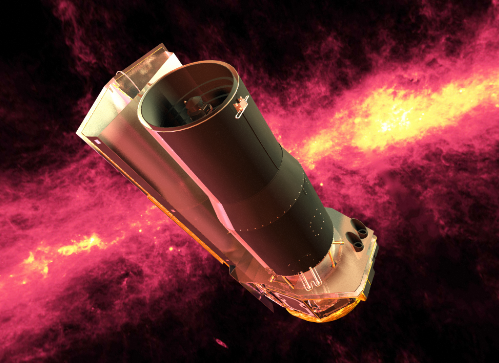
2.5 Hubble (Optical/Uv Space Telescope)
- Observations: PI program 13697 (9 orbits for low-metallicity dwarf galaxies with COS)
- Specific interests: blue compact dwarf galaxies
- Tools used: APT

2.6 Stratospheric Observatory For Infrared Astronomy (SOFIA)
- Observations: PI proposal with GREAT instrument; several co-I proposals
- Specific interests: Magellanic Clouds, photodissociation regions (PDRs)
- Tools used: APT, USPOT
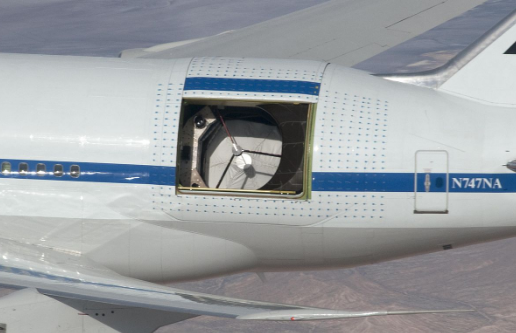
2.7 Far Ultraviolet Spectroscopic Explorer (FUSE)
- Observations: Several co-I proposals
- Specific interests: blue compact dwarf galaxies, giant HII regions
- Specific tools: FUSE French database
- Specific interests: Low-metallicity dwarf galaxies, chemical evolution
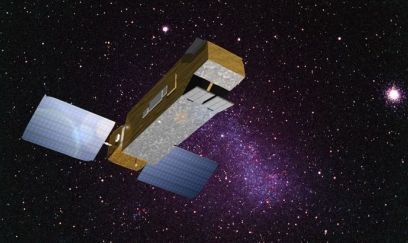
2.8 Other Observatories
- JWST
- Ground-based: IRAM, APEX, MOPRA, JCMT…
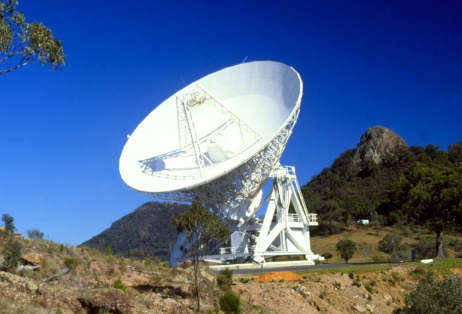
3 Models
- Photoionization and photodissociation: Cloudy
- Photodissociation: Meudon PDR
- Starburst 99
- …
4 Tools
A list of tools I have developed.
4.1 MULTIGRIS
MULTIGRIS (MULTIcomponent probabilistic GRId Search) is a python suite using extensively PyMC in order to use MCMC sampling in a tabulated grid of pre-computed models with the ability to combine models (with mixing weights) and to include any nuisance variables. MULTIGRIS was designed with the objective of combining Cloudy models either as sectors around stellar clusters or as distributions of clouds parameterized with power-law/normal distributions for some of the parameters.
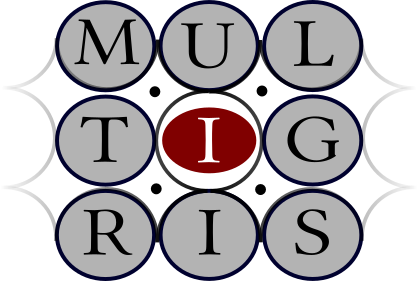
4.2 CASSISjuice
CASSISjuice is the spectral atlas for the Spitzer/IRS instrument. It contains all the high- and low-resolution spectra observed by the IRS in staring mode, and it is available offline along with the corresponding pipeline.

- Lebouteiller et al. (2023): offline atlas
- Lebouteiller et al. (2015): high-resolution pipeline & adding the high-resolution data to the atlas
- Lebouteiller et al. (2011): low-resolution pipeline & atlas
4.3 SMART
SMART (Spectroscopic Modeling Analysis and Reduction Tool) is an IDL package to reduce, extract, and analyze Spitzer/IRS data. It includes the extraction algorithm AdOpt for complex sources (multiple, complex background…).

4.4 PACSman
PACSman is a tool to extract line profiles from the Herschel/PACS instrument, project spectral maps, perform optimal extraction on point sources etc…
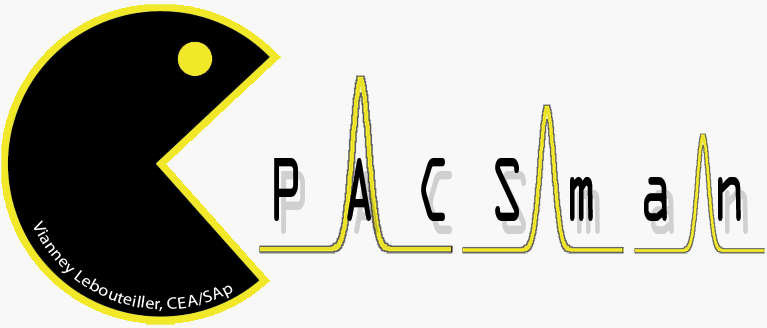
4.5 bmarXiv
bmarXiv is a tool to organize the daily listings from arXiv based on keyword match and author score.
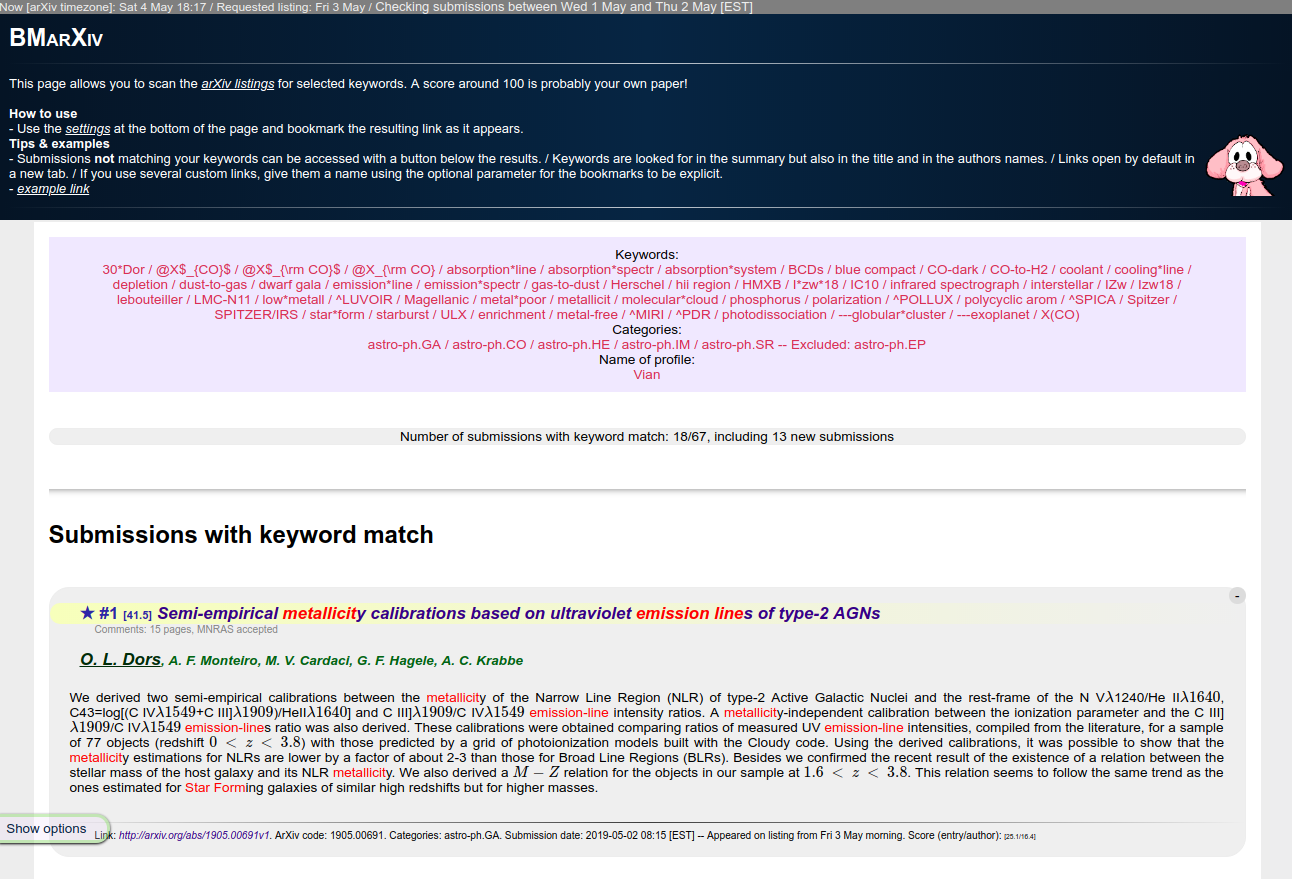
5 Prospective
I am interested and more or less involved in the following possible future missions.
5.1 Arago
Arago is an ESA candidate for M7.
- Role: responsible for the interstellar medium working group.
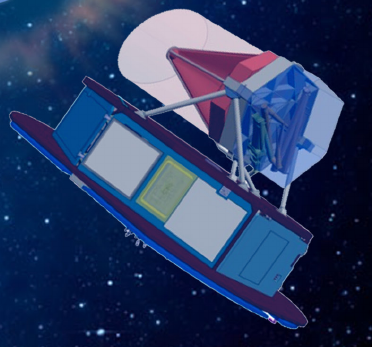
5.2 SPICA
SPICA is an ESA/JAXA infrared mission proposed for M5.
- Role: member of the nearby galaxy working group
- Role: responsible for the low-metallicity work package.
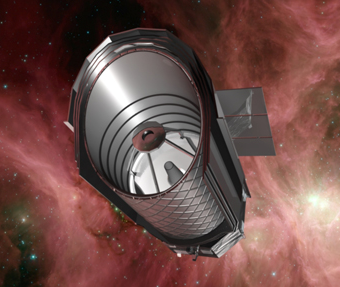
5.3 LUVOIR
LUVOIR is a proposed NASA flagship mission due for review for the Astro 2020 decadal survey. I am interested in the potential implementation of a high-resolution UV spectropolarimeter.
- Role: reponsible for the ISM/IGM working group for POLLUX
- LUVOIR interim and final reports
- Author and co-author on several Astro 2020 papers
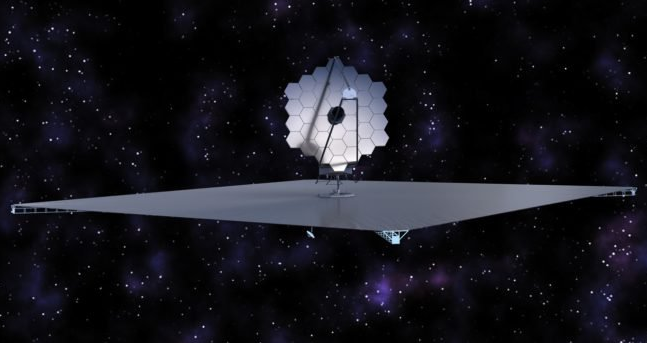
5.4 ESA Voyage 2050
ESA Voyage 2050 is meant to plan the future missions for the period 2035-2050.
- Main contact for white paper to promote far-UV observations of the interstellar medium
- White paper
- CEA/Irfu/DAp webpage for Voyage 2050
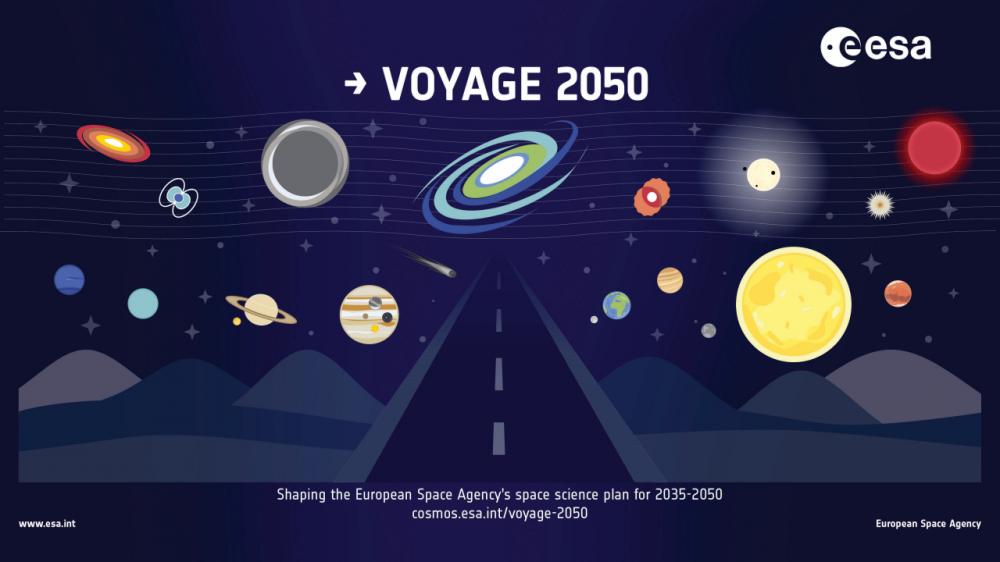
6 Outreach
6.1 Les Frères Ozone
Website in French to explain ozone and the ozone layer to kids (Master 2 project in a week-long communication course).
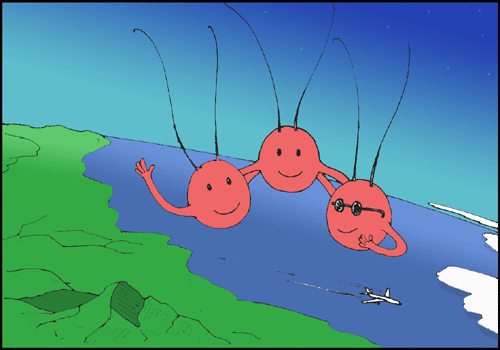
6.2 Articles
- Article sur le milieu interstellaire dans la revue "Clefs" du CEA (published in english too).
- Article sur le milieu interstellaire pour le site "The Conversation".
7 Misc. stuff
7.1 FAQ For PhDs & Interns
7.2 Research Environment
Some documents and guides to build a nice research computing environment (email, programming, bibliography etc…).

7.3 "Strange" Paper Titles
A non-exhaustive list of rather strange paper titles I've come across on arXiv…
